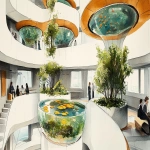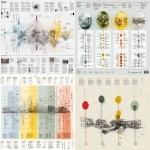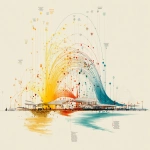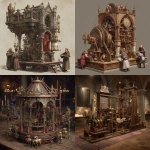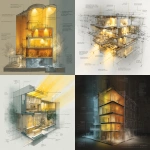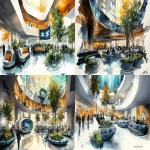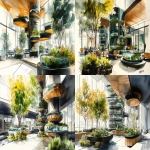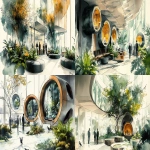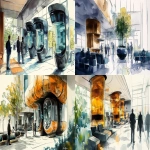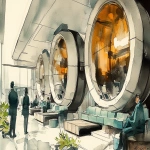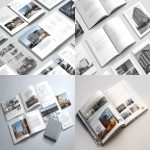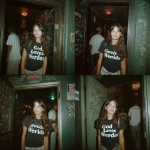Explore the Best AI Image Gallery
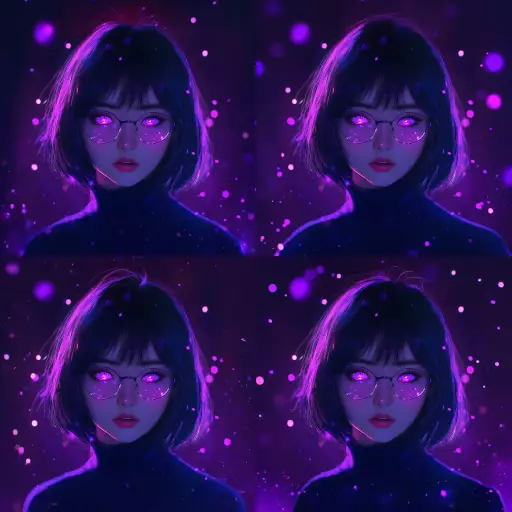
Pixels on Skin: Exploring the Impact of AI-Generated Images in Art
The art world is abuzz with a new phenomenon: AI-generated images. These creations, born from complex algorithms and vast datasets, are pushing boundaries, sparking debate, and redefining what it means to be an artist. From stunningly realistic portraits to abstract compositions that defy human comprehension, AI-generated art is captivating audiences and challenging traditional notions of creativity.
The Creative Canvas Reimagined
One of the most profound impacts of AI-generated images is the democratization of art. Tools like DALL-E 2, Midjourney, and Stable Diffusion empower individuals with little to no artistic training to create compelling visuals. By simply inputting text descriptions – known as prompts – users can conjure breathtaking landscapes, fantastical creatures, or even self-portraits that blur the lines between reality and imagination.
This accessibility opens up exciting possibilities for artists, designers, and creators across diverse fields. Imagine a fashion designer sketching designs in their mind and instantly visualizing them as 3D garments, or a musician translating the rhythm of a song into a mesmerizing visual symphony. AI-generated images can act as a powerful tool to accelerate the creative process and bring innovative ideas to life.
The Potential for Innovation
Beyond artistic expression, AI-generated images hold immense potential across various industries. In advertising, they can create personalized campaigns that resonate with target audiences. In architecture, they can help visualize complex designs and explore innovative building concepts. In education, they can bring textbooks to life with interactive illustrations and immersive learning experiences.
The applications are truly limitless. As AI technology continues to advance, we can expect even more groundbreaking uses for AI-generated images, further transforming the way we create, communicate, and interact with the world around us.
Ethical Considerations: Navigating Uncharted Territory
The rise of AI-generated art also raises a number of ethical considerations that demand careful attention. One crucial question is the issue of authorship and copyright. When an algorithm creates an image, who owns the rights to it? The programmer who developed the AI, the user who provided the prompt, or the AI itself?
Another concern is the potential for misuse. AI-generated images can be used to create deepfakes – realistic but fabricated videos and images that can spread misinformation and erode trust. It’s essential to develop safeguards and ethical guidelines to prevent such harmful applications.
Furthermore, there are concerns about the impact of AI on human creativity. Will AI-generated art devalue human expression or lead to a decline in artistic skills? It’s important to foster a dialogue that explores these complexities and ensures that AI technology serves as a tool to enhance, rather than replace, human creativity.
The Future of Art: A Collaborative Landscape
Looking ahead, the future of art likely lies in a collaborative landscape where humans and AI work together. Artists can leverage AI tools to overcome creative blocks, explore new artistic styles, and generate innovative ideas. Conversely, AI algorithms can learn from human creativity, refining their abilities to produce even more compelling and imaginative works.
This symbiotic relationship between human ingenuity and artificial intelligence has the potential to usher in a new era of artistic expression, pushing the boundaries of imagination and redefining what it means to be an artist in the 21st century.
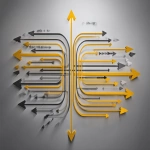
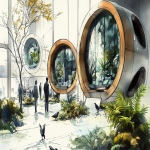
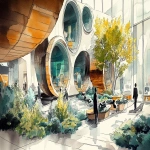
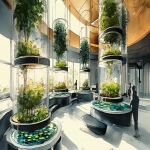

](https://images.ai-img.art/thumbnails/150/469c20665b824a8c49e8b66856a2f9843e7a36c40760ace1e7fd5f2125a32e25.webp)
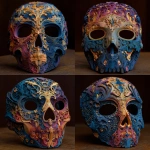

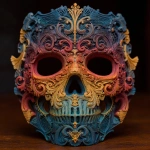
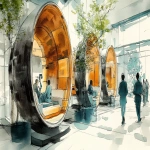
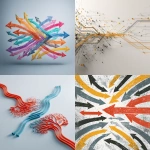
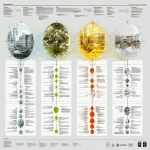

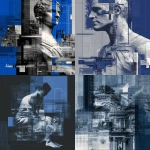
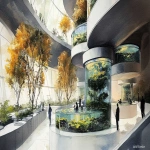
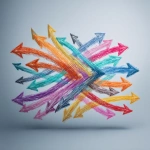
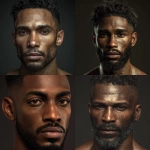
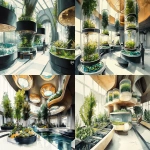
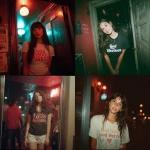
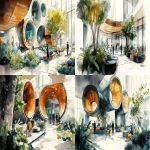
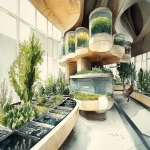
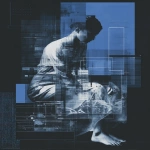
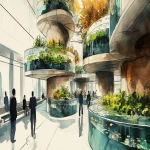
](https://images.ai-img.art/thumbnails/150/93f6b867d7e0d1ef5b08c9115efd6d3cbcc0fcfe07dc47e55d9b3a50056a189e.webp)
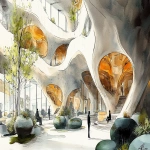
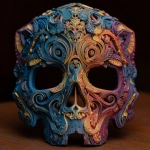
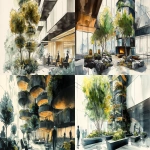
](https://images.ai-img.art/thumbnails/150/9bfac23b6df1e372ace320fda84e18e5e2e668451feacef8c46af60a9f444ad6.webp)
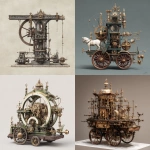

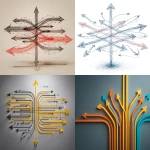

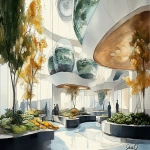
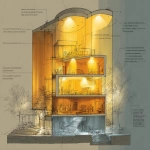

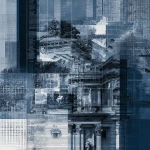
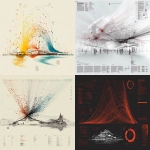
](https://images.ai-img.art/thumbnails/150/3521ea1bce510dbac19d74a3e037e7179b754ae98e8a44c08863e51468c18caa.webp)
